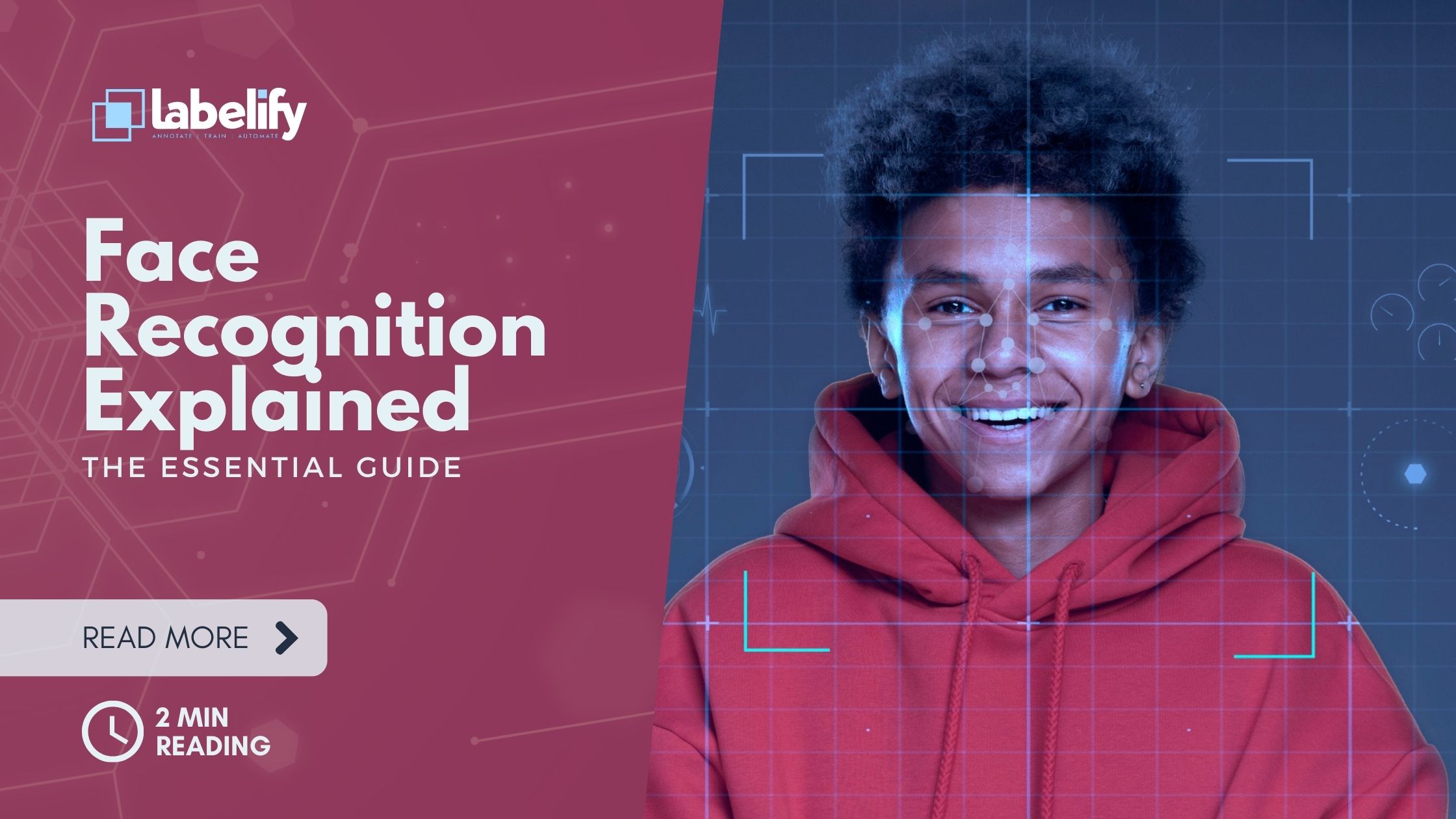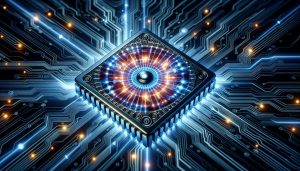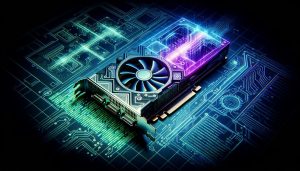Welcome to our essential guide to face recognition!
In this article, we'll explore the fascinating world of face recognition technology and how it works.
We'll delve into the concept of face recognition, discussing its different uses in images, videos, and real-time footage.
We'll also highlight the importance of face detection as a prerequisite step and the significance of user control over biometric information.
From enhancing security to detecting criminal activity, join us as we uncover the intricacies of this revolutionary technology!
Key Takeaways
- Face detection is the first step in the face recognition process and involves locating human faces in images or videos.
- Face recognition algorithms compare detected faces with a database of known faces to identify individuals.
- The accuracy of face recognition depends on the quality of the face detection process.
- Privacy and data protection are important considerations in the use of facial recognition technology, and clear guidelines are needed for responsible and ethical use.
Face Detection Vs Face Recognition
Face detection and face recognition are two distinct processes in the field of face recognition.
Face detection algorithms are used to detect and locate human faces in images or videos. These algorithms analyze visual patterns in the data to identify facial features such as eyes, nose, and mouth.
Once the faces are detected, face recognition algorithms come into play. These algorithms compare the detected faces with a database of known faces to determine their identity.
The accuracy of face recognition depends on the quality of the face detection process. If the face detection algorithm fails to accurately locate the faces, the subsequent recognition process may yield incorrect results.
Therefore, ensuring the accuracy of face detection is crucial for reliable face recognition systems. By employing advanced face detection algorithms, the accuracy of face recognition can be significantly improved, providing users with more reliable and efficient identification capabilities.
Steps in the Face Recognition Process
The initial step in the face recognition process involves capturing and analyzing facial data. This is where face recognition algorithms come into play, as they're responsible for extracting the key facial features necessary for identification.
Facial feature extraction is a crucial aspect of this step, as it involves isolating specific characteristics such as the distance between the eyes, the shape of the nose, and the contours of the face. These features are then encoded into a mathematical representation known as a face template.
The next step involves comparing the extracted facial features with the existing database of templates to find a match. This process requires complex computational algorithms to accurately identify and authenticate individuals.
Access and Storage of Biometric Data
Moving forward in our exploration of the face recognition process, it's important to address the access and storage of biometric data.
Biometric data privacy and the ethical implications of biometric data are critical considerations in this aspect. When it comes to accessing biometric data, it's crucial to ensure proper acquisition and permission from the user.
Additionally, the storage of biometric data on the user's end device should prioritize security and encryption to safeguard against unauthorized access. Controversies surrounding tech giants and their handling of biometric data have raised concerns about user control over this sensitive information.
It's essential for individuals to have the ability to manage and control their own biometric data, ensuring their privacy and protecting against potential misuse.
Real-world Applications of Face Recognition
In our exploration of face recognition technology, we'll now delve into the real-world applications of this innovative technology.
Face recognition has found its way into various aspects of our lives, including social media platforms. Here are some key applications:
- Facial recognition in social media:
- Automatic tagging of friends in photos.
- Suggested friends feature based on facial similarities.
- Enhancing user experience by personalizing content based on facial analysis.
- Ethical implications of face recognition:
- Privacy concerns regarding the collection and storage of biometric data.
- Potential for misuse of facial recognition technology for surveillance or discrimination.
- The need for regulation and transparency to address ethical issues.
These applications highlight the wide-ranging impact of face recognition technology, raising important ethical questions that need to be addressed for a society that values freedom and fairness.
Emerging Trends and Considerations in Face Recognition
As we explore the emerging trends and considerations in face recognition, one key aspect that demands our attention is the evolving landscape of privacy and data protection. Facial recognition technology has become increasingly prevalent in social media platforms, raising concerns about the ethical implications it presents.
The use of facial recognition in social media allows for enhanced user experiences, such as personalized filters and tagging suggestions. However, it also raises questions about consent, as users may not always be aware of how their facial data is being collected and utilized.
Additionally, the potential for misuse and abuse of facial recognition technology raises ethical concerns regarding privacy and surveillance. It's crucial to address these considerations and establish clear guidelines to ensure the responsible and ethical use of facial recognition technology in social media and other applications.
Frequently Asked Questions
What Are the Potential Ethical and Privacy Concerns Associated With the Use of Face Recognition Technology?
Ethical considerations and privacy implications are important factors to consider when discussing the use of face recognition technology. There are concerns regarding the potential misuse of biometric data and the invasion of individuals' privacy.
Issues such as unauthorized access, data breaches, and the possibility of mass surveillance raise questions about the ethical implications of this technology.
It's crucial to ensure that proper safeguards are in place to protect individuals' rights and maintain their privacy in the face of advancing face recognition technology.
How Accurate Is Face Recognition Technology and What Factors Can Affect Its Accuracy?
Face recognition technology has made significant advancements in terms of accuracy. Various factors can affect its accuracy, such as lighting conditions, pose variations, and the quality of the image or video.
However, technological advancements have greatly improved the overall accuracy of face recognition systems. With the integration of machine learning algorithms and deep neural networks, these systems can now achieve high levels of accuracy in real-time.
Continuous research and development in this field are essential to further enhance the accuracy and reliability of face recognition technology.
Can Face Recognition Technology Be Tricked or Manipulated Through the Use of Disguises or Alterations to One's Appearance?
Disguise manipulation and alterations to one's appearance can indeed pose vulnerabilities to face recognition technology. These techniques can potentially trick the technology by altering facial features that the system relies on for identification.
Disguises such as masks, makeup, or even facial prosthetics can obscure key facial landmarks, making it challenging for the technology to accurately match the disguised face with a known identity in its database.
These vulnerabilities highlight the need for continuous advancements in face recognition technology to address such potential manipulations.
What Are the Current Limitations and Challenges in Implementing Face Recognition Technology in Real-World Scenarios?
Implementing face recognition technology in real-world scenarios presents various limitations and challenges. These include the need for accurate and reliable recognition algorithms, handling variations in lighting conditions and angles, and addressing privacy concerns.
Another challenge is ensuring the system's effectiveness in crowded environments and dealing with occlusions or partial face images. Additionally, integrating face recognition into existing infrastructure and ensuring interoperability with other systems can be complex.
Overcoming these challenges is crucial for successful implementation and widespread adoption of face recognition technology in real-world applications.
How Does Face Recognition Technology Handle Variations in Lighting Conditions, Angles, and Facial Expressions?
Handling variations in lighting conditions, angles, and facial expressions is a crucial aspect of face recognition technology. By constantly improving algorithms and using advanced image processing techniques, we enhance the accuracy of recognition systems.
These techniques enable us to adapt to different lighting conditions, correct for various angles, and account for changes in facial expressions. By continuously updating and learning from diverse datasets, we strive to provide accurate and reliable face recognition technology that can handle these variations effectively.
Conclusion
In conclusion,
face recognition technology has revolutionized various industries, from security to marketing.
By understanding the concept of face detection and recognition, as well as the steps involved in the process,
we can appreciate the significance of user control over biometric information.
The real-world applications of face recognition are vast, ranging from border control to crime prevention.
As the field continues to evolve,
it's crucial to stay updated on emerging trends and considerations,
ensuring the responsible use of this powerful technology.




